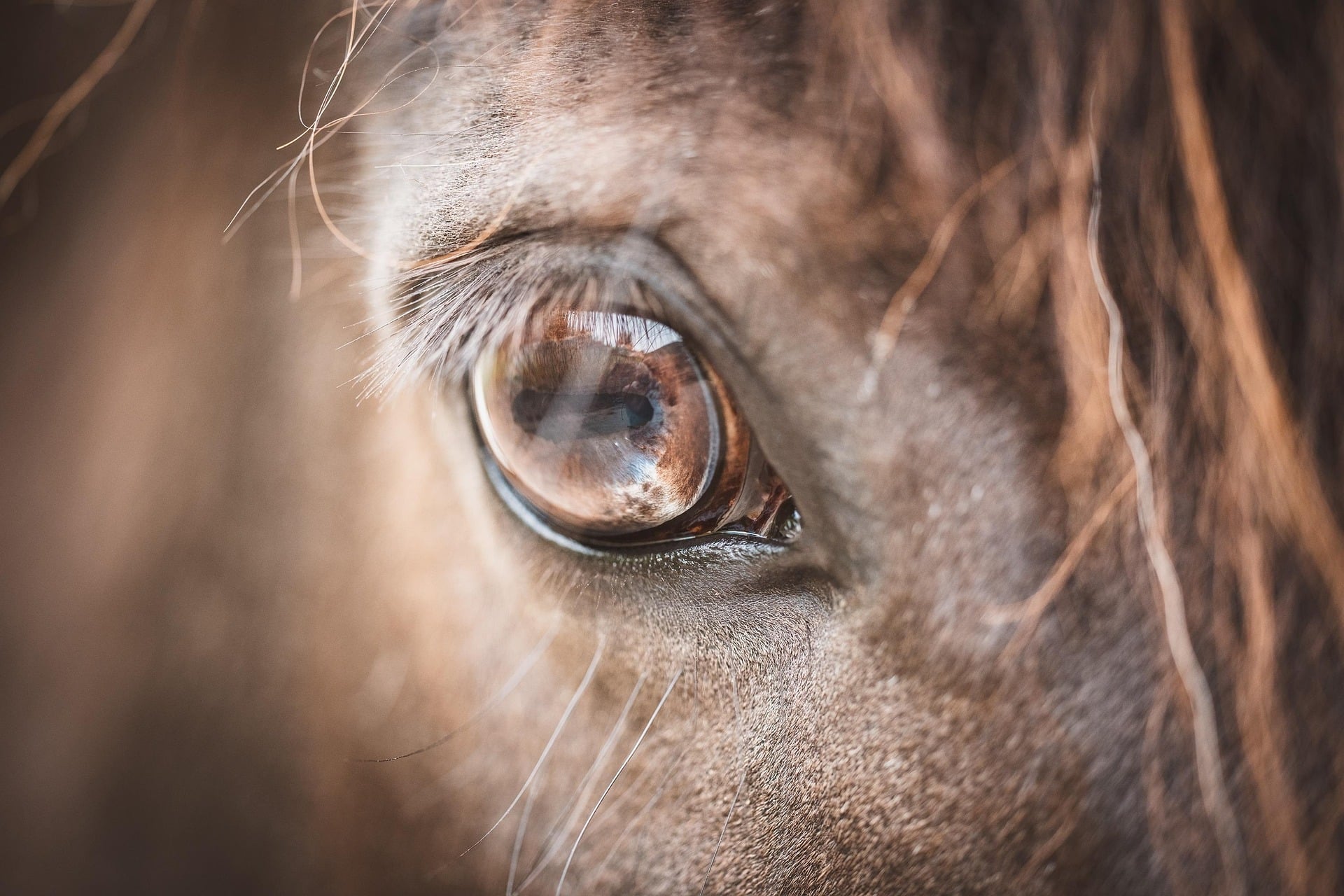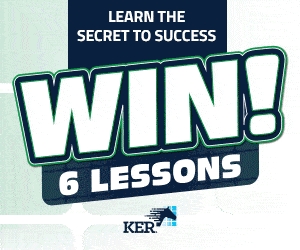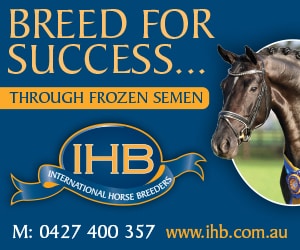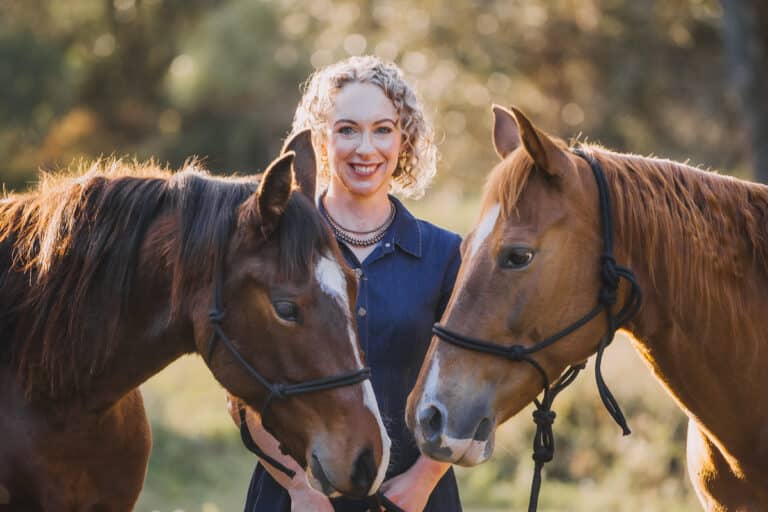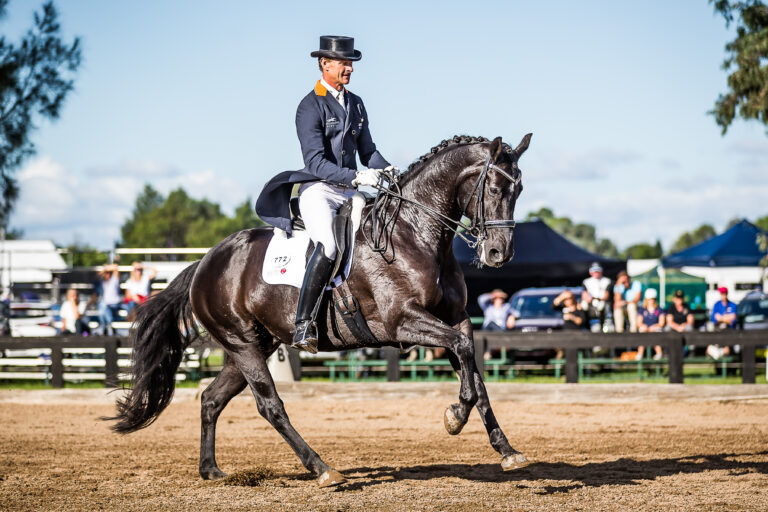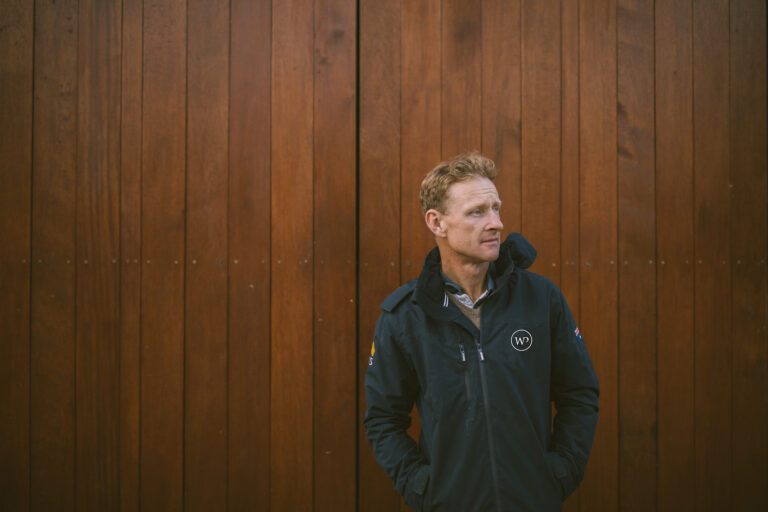The Fight, Flight and Freeze stress response is a response that horses and humans both have which helps us to react to pressure and new and frightening situations. Let’s review this – the Yerkes Dodson curve shows that when we are fairly stressed we function at our best. However, more stress can result in worse functioning. The task is to understand the effects of stress and to use this knowledge to manage stress effectively, both for people and for horses.
Let’s begin with people, and take the example of a big competition, something you have been working towards for some time. The YD curve shows us that stress is cumulative.
BE PREPARED: You can really minimise the stress feel by being prepared. Know the rules and what is required. Have everything you need organised and in working order. Remember the 5 P’s – Perfect Preparation Prevents Poor Performance.
TIME MANAGEMENT: Allow plenty of time to get ready, enough time to warm up properly and get to the ring without racing. This is a key factor at competitions. This also relates to your training: allow time in training and you will be more patient and a better trainer, as you are not in a rush.
PRIORITISE: Do the important things first and chat to friends later. Check in with the organisers, know where your ring is, make sure your gear is ready and whether you have to check gear before or after you compete. If you know your horse is spooky, take him for a walk to see the scenery.
DELEGATE: If you have helpers, give them something useful to do. Cleaning gear, filling water buckets or even saddling-up can take the pressure off you, but make sure that anything really important you do yourself or check it.
IMAGERY: Practising in your mind is nearly as effective as actual practise. An early sports psychology study showed that basketballers improved goal-shooting accuracy more by imagining throwing goals than actually training with a ball. Away from your horse you can visualise everything about the competition. Imagine all the sensations, the sounds, the sights, the things you touch or feel (the saddle, the reins) and any smells. Imagine riding your test, trying to do it in the same time that it will actually take. Dressage is especially responsive to this technique. You can practise in your mind all the things that are hardest to remember, the half-halts before the corners, the preparation and bending or the straightness before the movements. Top riders like Carl Hester sometimes count the steps across the short side, or the steps before they start the changes. You can imagine yourself a little nervous, and imagine calming yourself down. Don’t, however, indulge your fears and imagine something awful happening. Be positive! A positive attitude is one of the key predictors of a good response to stress and predictor of resilience.
You can use imagery while riding as well. Imagine that you are riding into the big arena that you are competing in. When I first started doing this I found that as soon as I imagined the competition my riding deteriorated and I was making mistakes that I didn’t make when riding the test normally. I have now become much better at both the practise and the test riding after using imagery to help.
BREATHING: is important! When we are tense we are likely to hold our breath, take very shallow breaths or just not breathe out properly. This has a big impact on our riding, as riding is strenuous. At the recent National Squad camp some of the fit young elite riders were wired up with ECG and respiratory monitors and were found to have very high heart rates (180-190 bpm, with normal around 60-80bpm), and respiratory rates up to 60, (normal is 12-18bpm).
This shows how stressful and what hard aerobic work riding can be. We need to breathe properly (deeply, rhythmically and relaxed) to get enough oxygen around our bodies. We can use our breath also to focus on and help us to relax. Breathing in is an active process. The big diaphragm muscle in the centre of our body contracts to draw air in. To breathe out we simply relax that muscle. Away from the horse we can practise focusing on the breath. Take slow, deep comfortable breaths, breathing in to your abdomen. As you breathe in your stomach will come out a little if you are using the diaphragm correctly. You can become more conscious of this by placing your hand on your tummy and noticing it move out as you breathe in, and back in toward your spine as you breathe out. As you exhale, think about any tension in your body, and as your release your breath, let the tension drain away from your body. You can do the same for tension in muscles.
You will find more detailed instructions for progressive muscle relaxation on the internet. If you practise these skills you can draw on them and focus on the breath, and relax when you get tense at a comp. You can move yourself back down on the Yerkes Dodson curve to a more optimal level of stress. Of course, once you have the hang of this off the horse and can breathe out tension at home, or at work, you will find you can practise this while riding. Use the imagery and the breathing together and you will find these techniques have the dual benefit of helping you manage stress as well as helping ensure you have enough oxygen for peak performance.
RECOGNISE AND CHALLENGE UNHELPFUL THOUGHTS: This is again about being positive. It is not the things that happen to us that make us have our feelings, it is the unconscious, automatic thoughts that we have about what happens. So if we start to feel anxious we can try to identify these automatic thoughts and challenge them. For example, if you start to get anxious before a competition and you identify that the fearful thoughts are about “what if I make a mistake in front of all of those people” you can challenge the thoughts by asking questions such as:
· What is the worst thing that can happen? (What people think can’t hurt us).
· What is the likelihood of that outcome? (Often it’s odds of greater than 100-to-1 that the bad thing in our mind will happen).
· Is there another possibility or outcome? (Maybe people will think good thoughts about you having a go).
· What advice would you give someone else? (We are often more kind to others than ourselves).
· What advice would someone specific give you? (Your coach, parent, friend – step out of your own shoes and see the problem more objectively).
· What is the error in your thinking? (Common errors are catastrophising, overgeneralising and black and white when we tend to actually live in the grey; reading minds – if we realised how little people actually thought about us we wouldn’t worry as much).?
You can learn to manage stress and anxiety better, all it takes is practice, and will improve with experience.
